May 2019
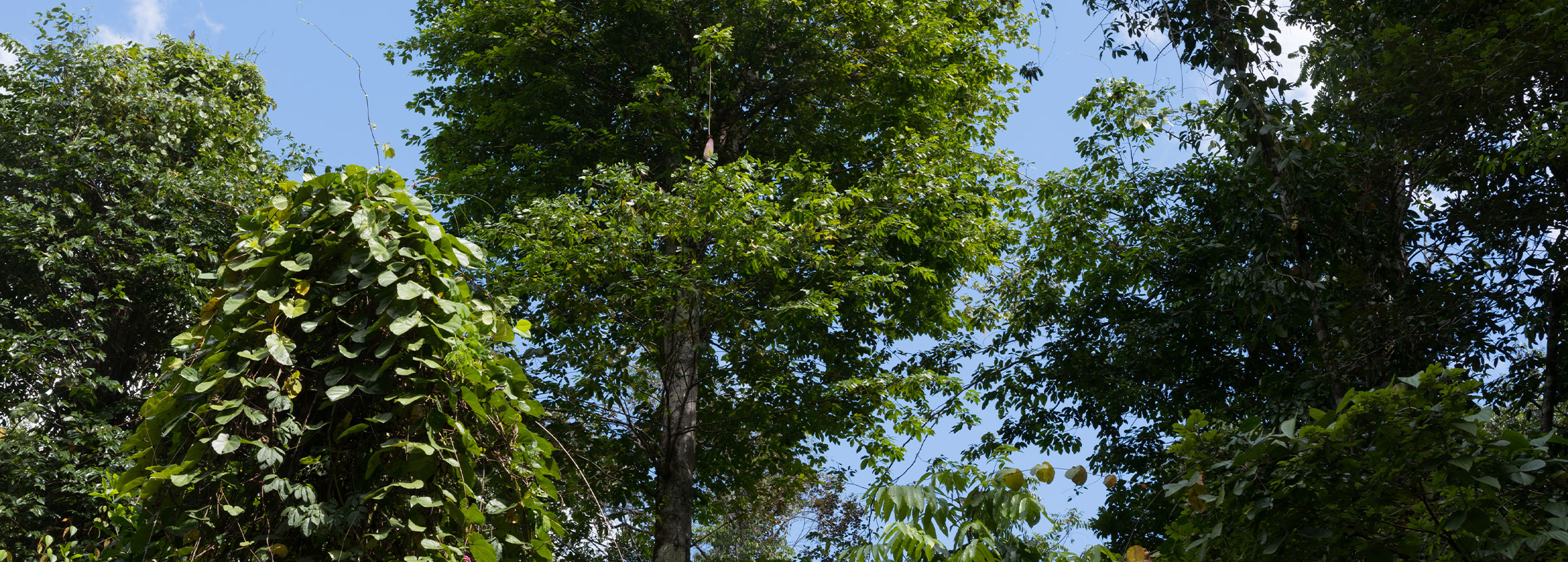
How much does forest restoration benefit climate?
May 29, 2019
The Paris Agreement was a historic turning point in climate negotiations. As a global commitment toward changing the development trajectories of countries around the world, it acknowledged the reality of climate change and the imperative to mitigate the rise of global temperatures by reducing national greenhouse gas (GHG) emissions. Signatories agreed to a 2-degree Celsius […]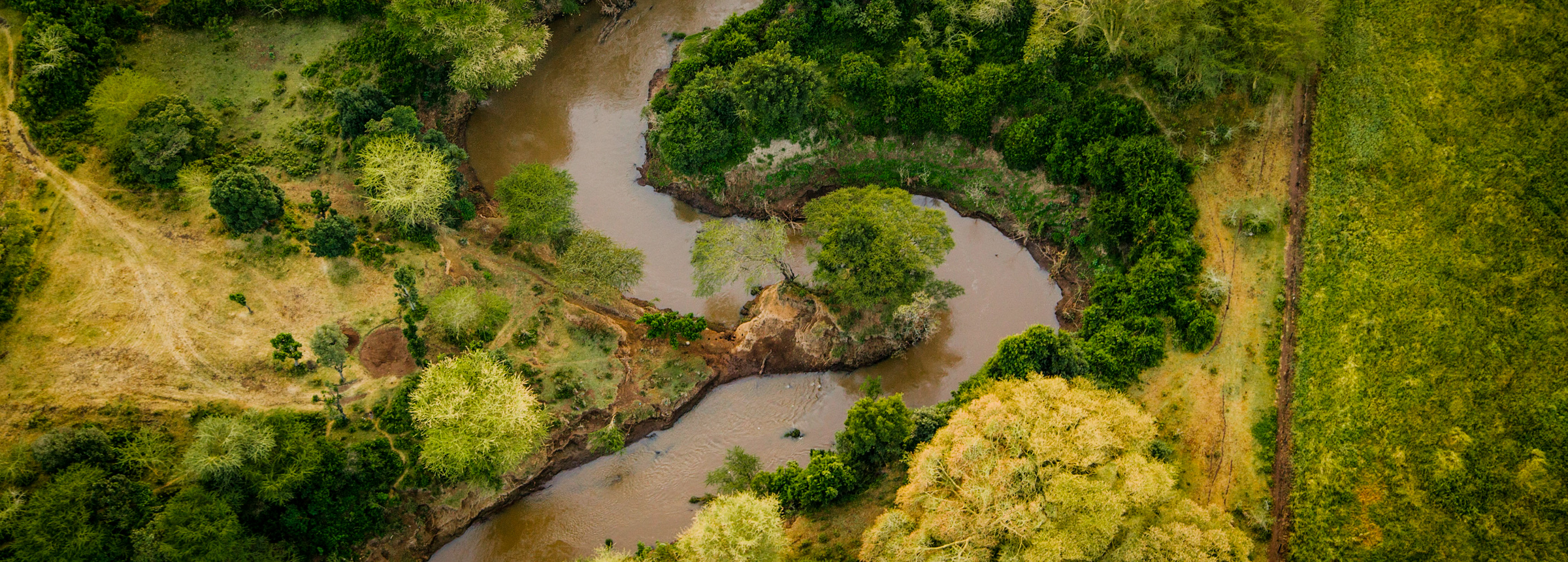
Water Security in an Uncertain Future
May 29, 2019
Water security is integral to the health and sustainability of our communities and ecosystems. Achieving water security, however, is challenging for several reasons including poor governance, resource competition and poorly conceived economic development. Additionally, changing precipitation patterns and increasing temperatures are making seasonal weather more unpredictable. Collectively, these factors make it difficult to address deterioration […]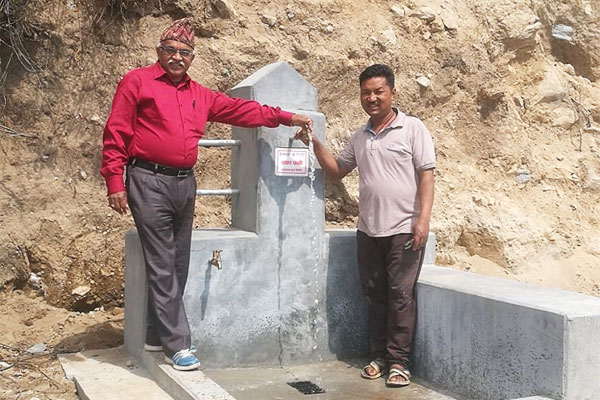
Quality on Tap
May 29, 2019
Just as water pumps are a ubiquitous symbol of international development, a broken one is the symbol of the sector’s need for oversight and quality assurance. Enter Badri Baral, director of Winrock International’s Renewable Energy Project Support Office in Nepal. He oversees Winrock’s latest project with USAID Nepal, Safaa Pani, providing oversight and quality control […]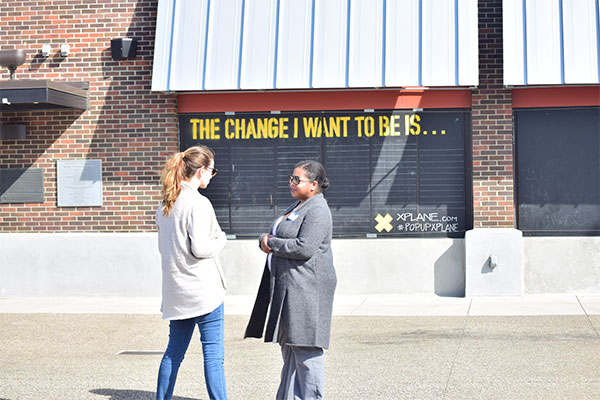
‘Everybody is Bringing Something to the Table’
May 28, 2019
At its best, mentorship is an essential component of growth and development for both mentors and mentees. This is certainly true for participants in the Community Food Systems Mentorship Program, a national initiative led by Winrock’s Wallace Center that builds mentoring relationships among food systems leaders across the U.S. “While it is extremely important that […]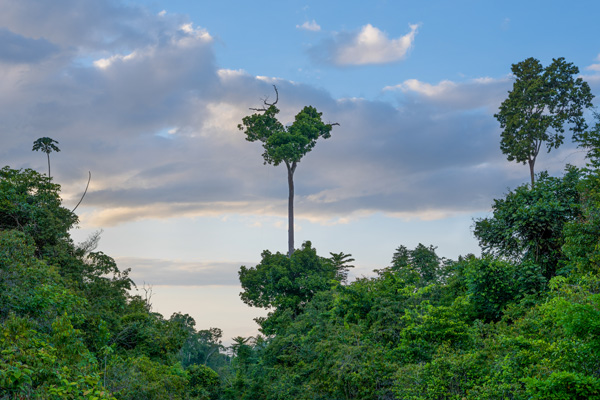
Bloomberg Businessweek Features Winrock’s Work in Guyana
May 16, 2019
An article in the May 16, 2019 Bloomberg Businessweek features Winrock’s work in Guyana. “How to Make Money Off Rainforests Without Cutting Them Down” describes Norway’s deal to pay Guyana $250 million to curb its deforestation. “The money paid for, among other things, scientists from Winrock International to assist the Guyana Forestry Commission in developing […]
Estimating Carbon Sequestration From Forest Restoration Now Easier
May 16, 2019
Washington, D.C. – May 16, 2019 – Winrock International scientists have published a landmark paper filling critical knowledge gaps in the climate change mitigation potential of forest landscape restoration. This globally comprehensive review of the potential carbon sequestration resulting from restoration is an important contribution to global efforts to combat climate change. The paper was […]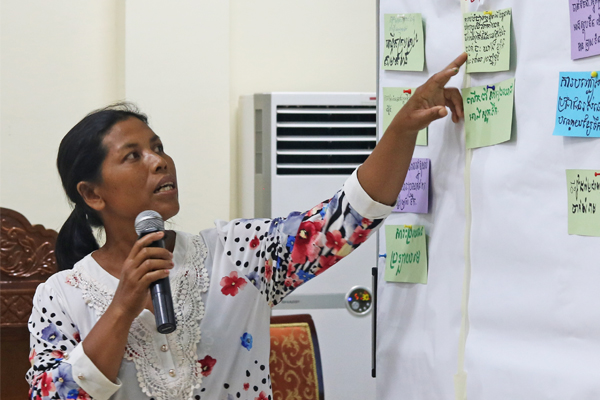
Cambodian Committee Charts Road Map to Water Security
May 13, 2019
Even before the disaster, decades of population growth and industrialization had degraded the Rhine River so thoroughly that it was known as “the sewer of Europe.” Then one early morning in 1986, a factory caught fire in Switzerland. Tons of toxic chemicals flowed into the river, which runs through six European countries, wiping out nearly […]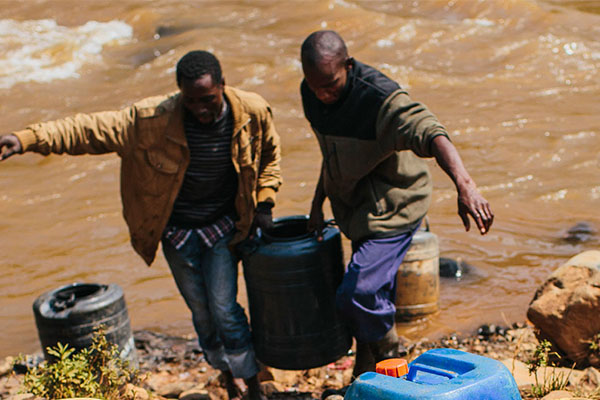
SWP to host “Water as a Tool for Resilience in Times of Crisis” at the Wilson Center
May 10, 2019
About 90 percent of USAID’s water priority countries are conflict-affected or fragile. Last year, over 60 million people around the world were affected by more than 280 natural disasters. Effective water resource management is complex in times of peace and prosperity. Effective water resource management in a time of crisis—whether war or disaster—can mean the […]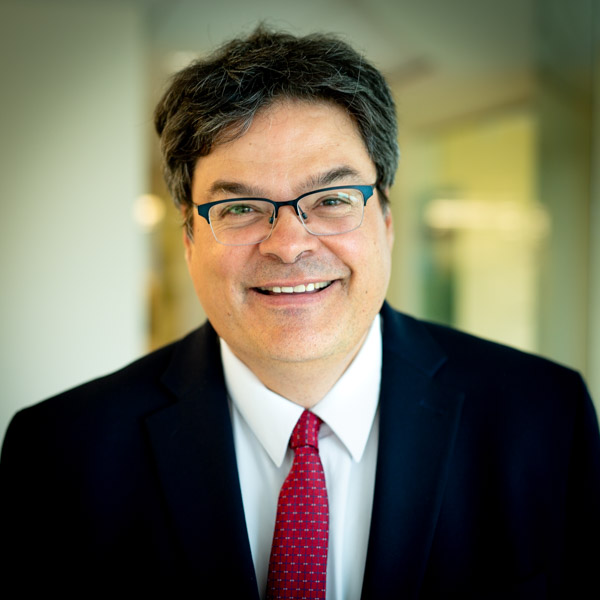
Camacho and Mahayni Named to SWP Leadership
May 9, 2019
The Sustainable Water Partnership (SWP) is pleased to announce two additions to our team as we work to enhance water security around the world. Rodolfo Camacho, a civil engineer with more than 30 years of experience working in water resources and environmental management projects, will lead SWP as project director/chief of party. Implemented by Winrock […]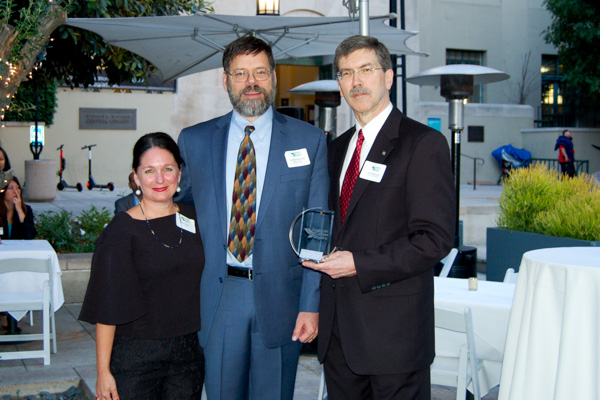
Celebrating Climate Leadership
May 6, 2019
A lifetime of mobilizing global action to address climate change was recognized April 25, when the American Carbon Registry (ACR) honored Jonathan Pershing with its annual Climate Leadership award, one of several awards presented at ACR’s annual gala reception in Los Angeles. “The impacts of climate change are becoming ever more severe and widespread, from […]